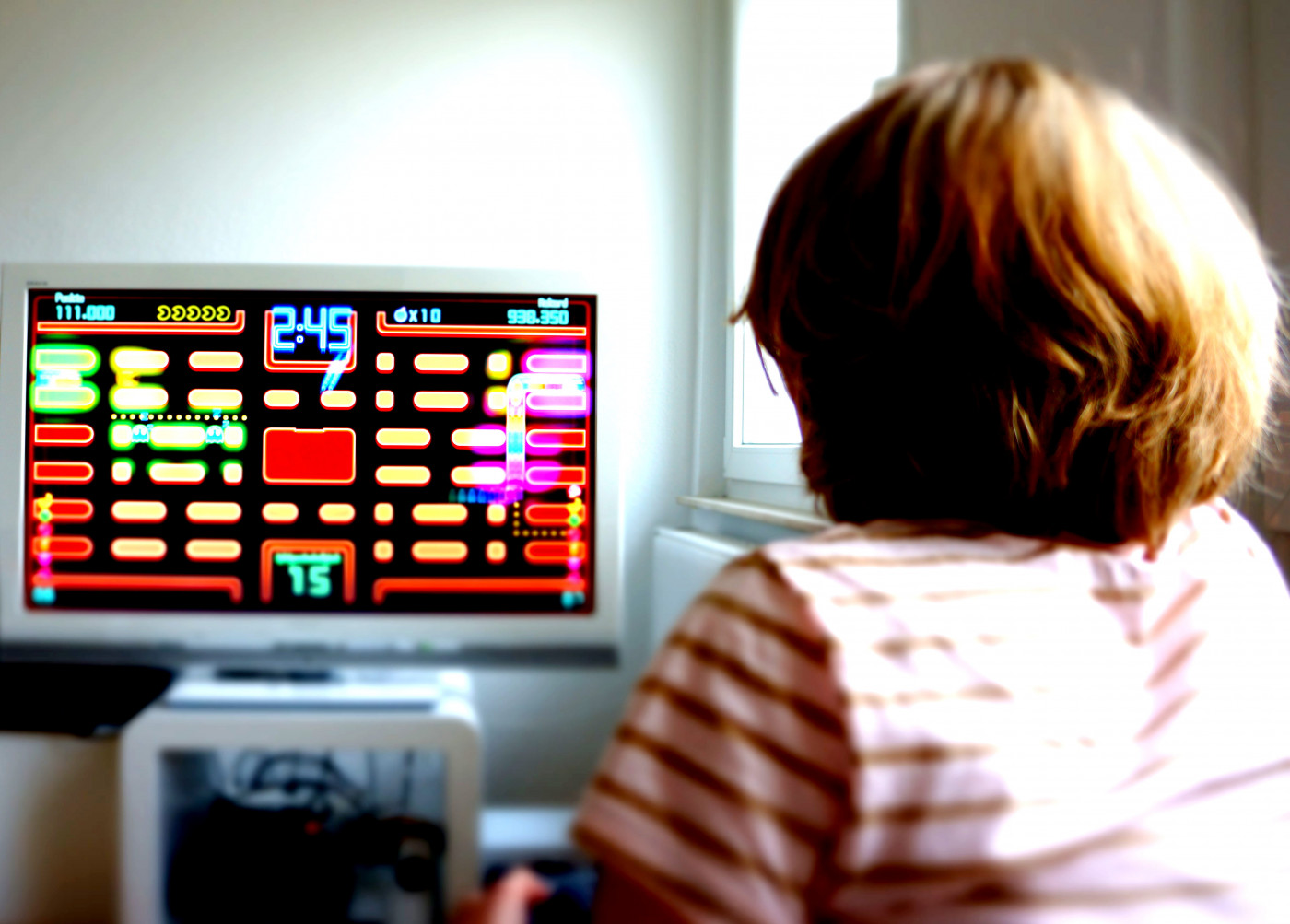At-home Training Program Tele-UPCAT Liked by Young Unilateral CP Patients, Study Shows

Interactive computer play rehabilitation for cerebral palsy children
A home-based training program called Tele-UPCAT (Tele-monitored UPper Limb Children Action Observation Training) was feasible and had a high adherence in children and adolescents with unilateral cerebral palsy (uCP), a study shows.
Both parents and patients found the training program to be useful, sustainable and relevant for home rehabilitation.
The study, “Feasibility of a Home-Based Action Observation Training for Children With Unilateral Cerebral Palsy: An Explorative Study,” was published in Frontiers in Neurology.
Unilateral cerebral palsy (uCP), the most common type of CP, affects only one side of the body. In the majority of cases, the upper limb is more affected than the lower limb, and that’s why rehabilitation programs are targeted at improving arm function and manual abilities.
Together with traditional therapeutic interventions, action observation training (AOT) has gained traction as a strategy to improve motor and daily living activity performance. The rationale is to get patients to watch an action or exercise being performed and then doing it themselves.
Now, a team of Italian researchers sought to bring together the innovation of AOT with the convenience of home based-therapies, and created the Tele-UPCAT, a user-friendly platform for families.
In this study (NCT03094455), the team sought to test the platform’s usability, feasibility and acceptability, in a group of children and adolescents with uCP.
A total of 29 children and adolescents with uCP (mean age 11.7 years, 15 male) participated in the study, and were divided into two groups: a standard-of-care group (control) and the Tele-UPCAT group.
The latter received a home-based three-week training with the Tele-UPCAT system. Patients were assessed before the intervention, and immediately after, and eight and 24 weeks after the end of the training.
The control group started with a three-week period of standard-of-care therapy and then followed the same routine as the experimental group, including training with the Tele-UPCAT system and the same intervals for follow-up assessments.
The training consisted of two modules. First there was an observation period in which participants watched a three-minute video of tasks. “All the actions were chosen based on daily activities, goal-directed to meaningful actions of children and adolescents that evocate hand and arm movements to be stimulated because of their impairment due to the UCP,” the researchers wrote.
The second part consisted of a motor performance module, in which participants executed the actions they previously saw using objects with sensors and two wearable small motion sensor detectors, called actigraphs, to record their upper limb activity.
Each daily session was composed of three goal-directed actions with increasing difficulty. The training consisted of 15 sessions, performed once a day, five days a week, for three weeks,
All participants completed the training. All the criteria used to assess feasibility of the training intervention were achieved, namely ease of use, not requiring more information than that provided initially, high training compliance, and no hardware or software issues.
Overall, participants showed a good level of acceptability and usability. The lowest score given by participants was for the “customization of the exercises” category, followed by “acceptability of the Tele-UPCAT system at home in daily life.” But, in general, all had a positive opinion of the system.
“The current data can be considered quite representative of the population of children and adolescents with UCP; this suggests that the AOT exercises may be successfully proposed for a telemonitored intervention directly at families’ houses,” the researchers wrote.
“The use of telerehabilitation might increase the accessibility of rehabilitation to a large number of UCP children (e.g., children that live far from the clinical center),” they wrote, adding that these interventions also could mean a less costly option for parents, as home-based rehabilitation interventions could allow the possibility of reducing the “number of children per therapist.”
The researchers also reported a high involvement of the participants’ families, suggesting “that families of UCP children and adolescents are highly motivated to introduce ICT [Information and Communication Technology] platforms for UL rehabilitation at their home.”
“Thanks to end users’ opinion, the Tele-UPCAT platform can be improved and optimized to further increase its acceptability and usability and, as a consequence, motivation and adherence to the training,” the researchers added.
The team believes that this type of approach also may be useful to patients with bilateral forms of cerebral palsy.


